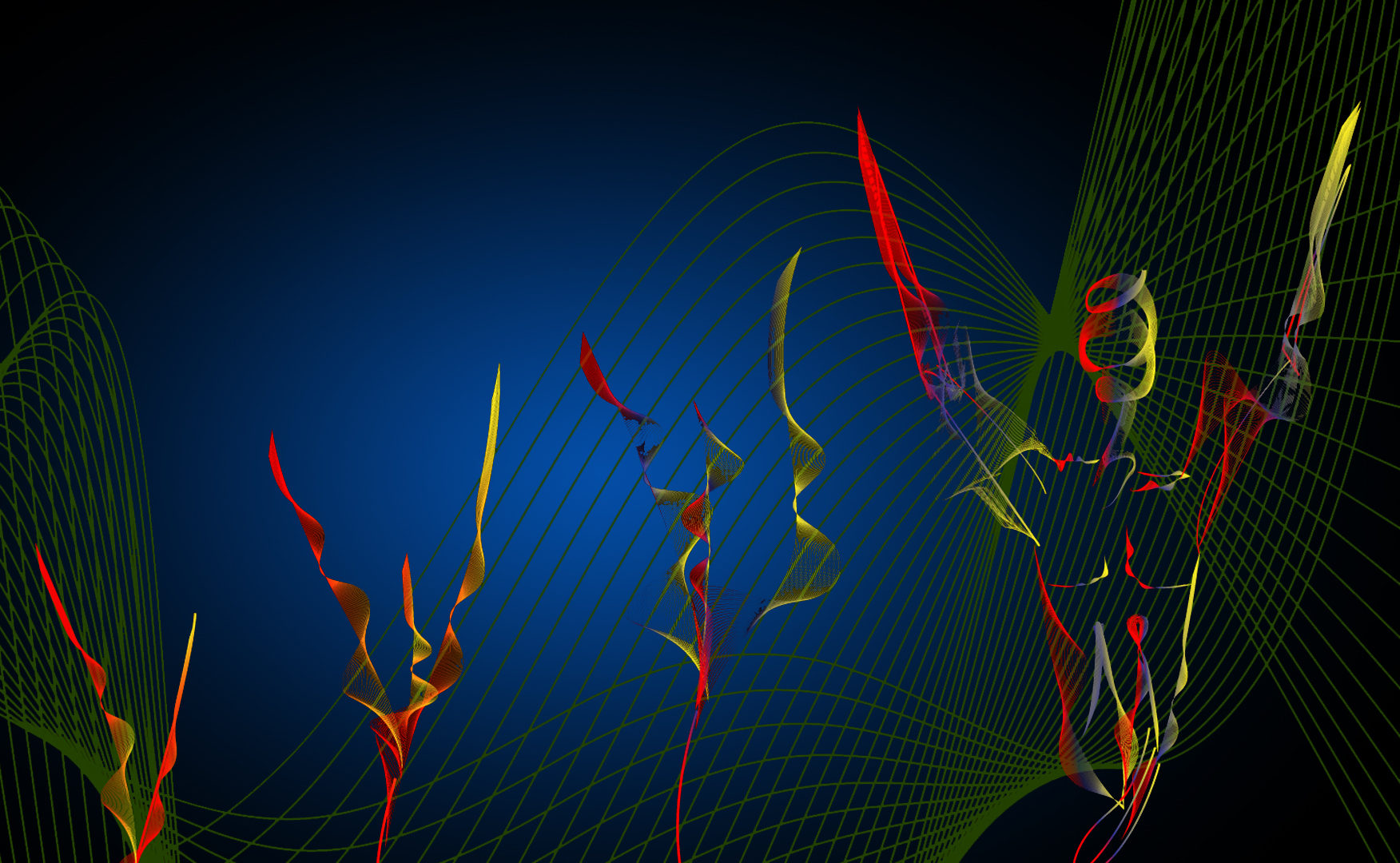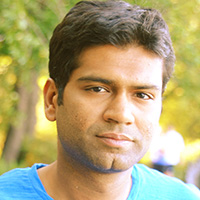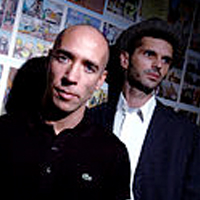Ed Green

Ed Green has helped pioneer the use of advanced genetic sequencing technology to read ancient DNA extracted from fossilized bones. In 2010, he and large collaboration of other scientists announced that they had used 40,000-year-old bone fragments excavated in a cave in Croatia to map out the genetic code of Neanderthals, humans’ long-dead ancestral cousins. Later that year he was involved in identifying a new group of archaic human relatives, named Denisovans for the Siberian cave in which they were discovered. These breakthroughs are helping illuminate the relationships between ancient hominin groups—and showing that they may have been more interrelated than once thought.
Green is a professor of biomolecular engineering at the University of California in Santa Cruz, where his lab is also involved in the Genome 10K project, an effort to collect the genetic sequences of 10,000 vertebrate species—approximately one from every genus—to help define how they are related and aid worldwide conservation efforts. Green is a Sloan Foundation Research Fellow and winner of the American Association for the Advancement of Science’s Newcomb Cleveland Prize, and in 2011 he was awarded prestigious Searle Scholarship for young scientists, a $300,000 grant to help him pursue the next generation of gene-sequencing technology.







 Share
Share









